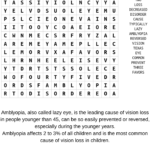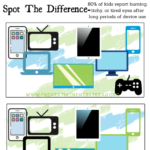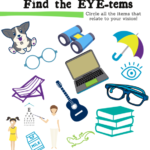
Imagine a child not being able to see the chalkboard or computer, having trouble reading a book, or even playing with his or her friends at school. If we could see the world through the eyes of a child that cannot see,

Our donors have brought color to the lives of our students!
Will you color the next crayon?
What color do you choose?
PBT has a goal of $15,000 to aid in the vision programs for our Texas children this school year. You can personally add color to a crayon with your donation and help our kids see all the colors!
$25 can distribute eye health education resources to classrooms and parents.
$50 can deliver a comprehensive eye screening for a student.
$125 can provide glasses to correct a child’s vision.
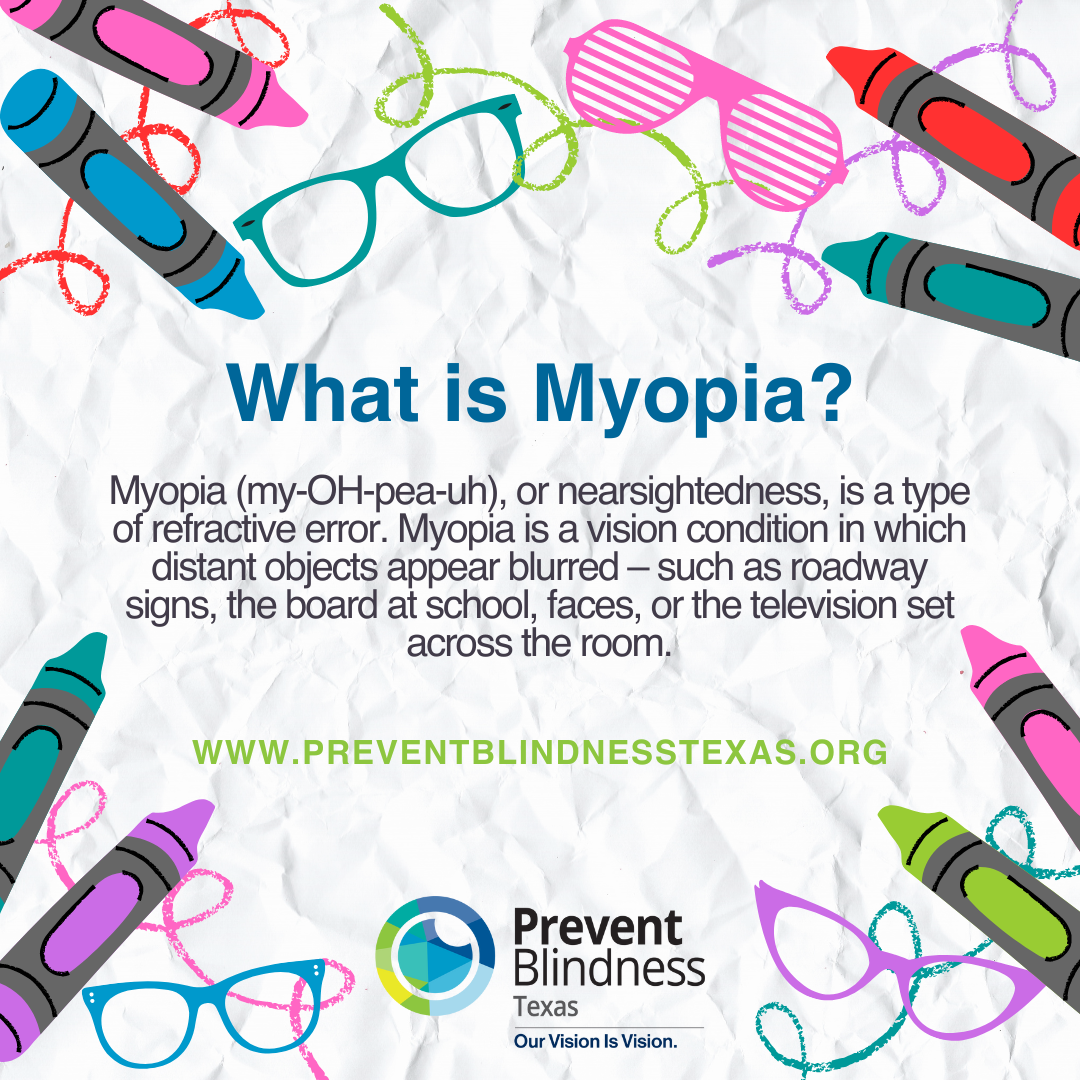
Click below to download all our Social Media Images!
What is Myopia? Myopia (my-OH-pea-uh), or nearsightedness, is a type of refractive error. Myopia is a vision condition in which distant objects appear blurred – such as roadway signs, the board at school, faces, or the television set across the room.
English Version Here
Spanish Version Here
Why is myopia a problem? Uncorrected myopia can make it difficult for a child to learn, engage socially, or fully participate in activities.
English Version Here
Spanish Version Here
Did you know? How children play and study can increase the chances that they develop myopia or, if a child already has myopia, that it may become worse.
English Version Here
Spanish Version Here
How do I find out if my child has myopia? Blurred vision when looking at an eye chart during a vision screening at school or during a medical exam is a clue that your child may have myopia.
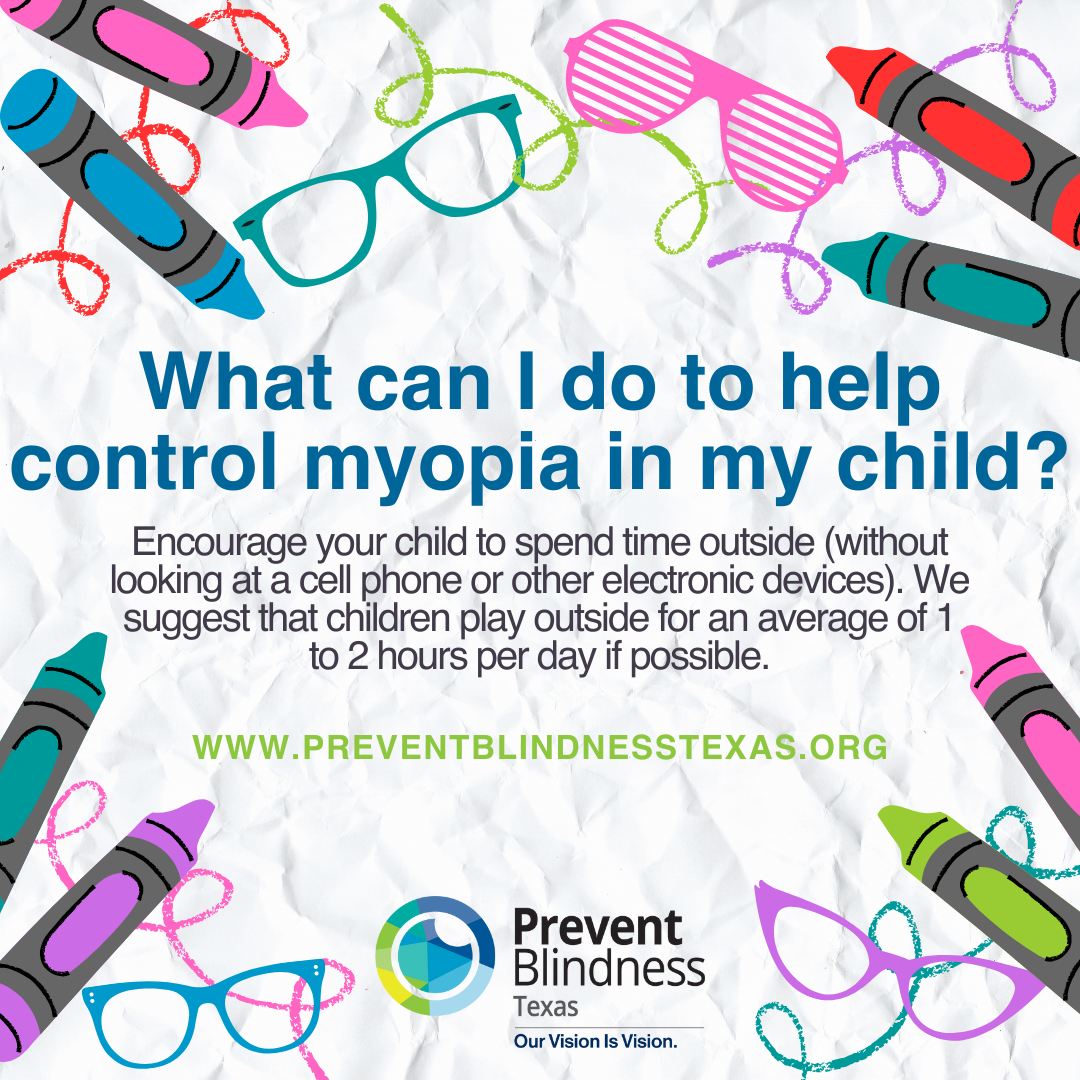
Share our Social Media Images to help spread the word!
What can I do to help control myopia in my child? Encourage your child to spend time outside (without looking at a cell phone or other electronic devices). We suggest that children play outside for an average of 1 to 2 hours per day if possible.
English Version Here
Spanish Version Here
When and how does myopia develop? Children who spend many hours doing close visual work, such as using electronic devices (computers, tablets, and cell phones), have a higher risk of developing myopia.
English Version Here
Spanish Version Here
Did you know? Even when appropriate refractive correction is provided, myopia continues to place an individual at an increased risk of sight-threatening diseases, including glaucoma, cataract, retinal tears, or myopic macular degeneration.
Source: National Library of Medicine
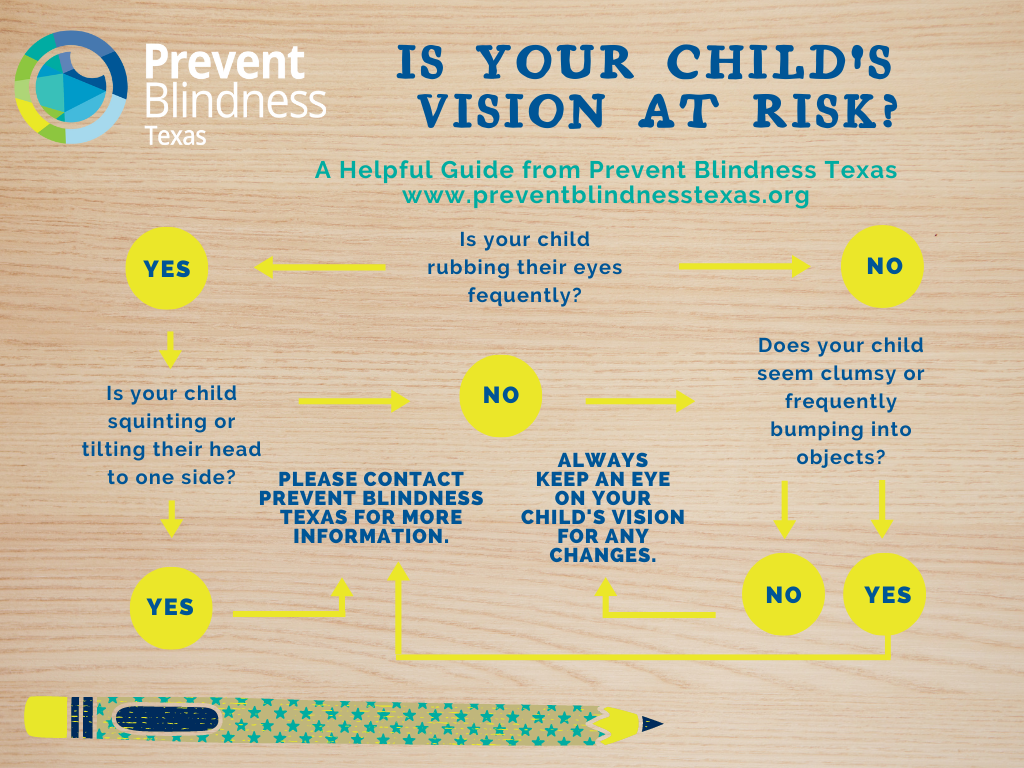
Is Your Child’s Vision at Risk?
Chart: Amblyopia
Chart: Device Best Way
Chart: Device Too Often
Chart: Vision at Risk?
Help Your Students Become Star Pupils!
The Star Pupils Eye Health and Safety Curriculum teaches young learners about vision, eye health and safety. Click here to learn more.
In this episode of the Focus on Eye Health Expert Series, Prevent Blindness President & CEO, Jeff Todd, discusses children’s vision and eye health with R.V. Paul Chan, MD, MSC, MBA, FACS, Head of the Department of Ophthalmology and Visual Sciences and the John H. Panton Professor of Ophthalmology at the University of Illinois at Chicago College of Medicine; Director, Pediatric Retina and Retinopathy of Prematurity Service, Illinois Eye and Ear, UI Health. Dr. Chan shares his expertise on amblyopia (lazy eye), myopia (nearsightedness), retinopathy of prematurity (ROP), Retinitis Pigmentosa (RP), Cerebral Visual Impairment (CVI) and other children’s vision issues.



